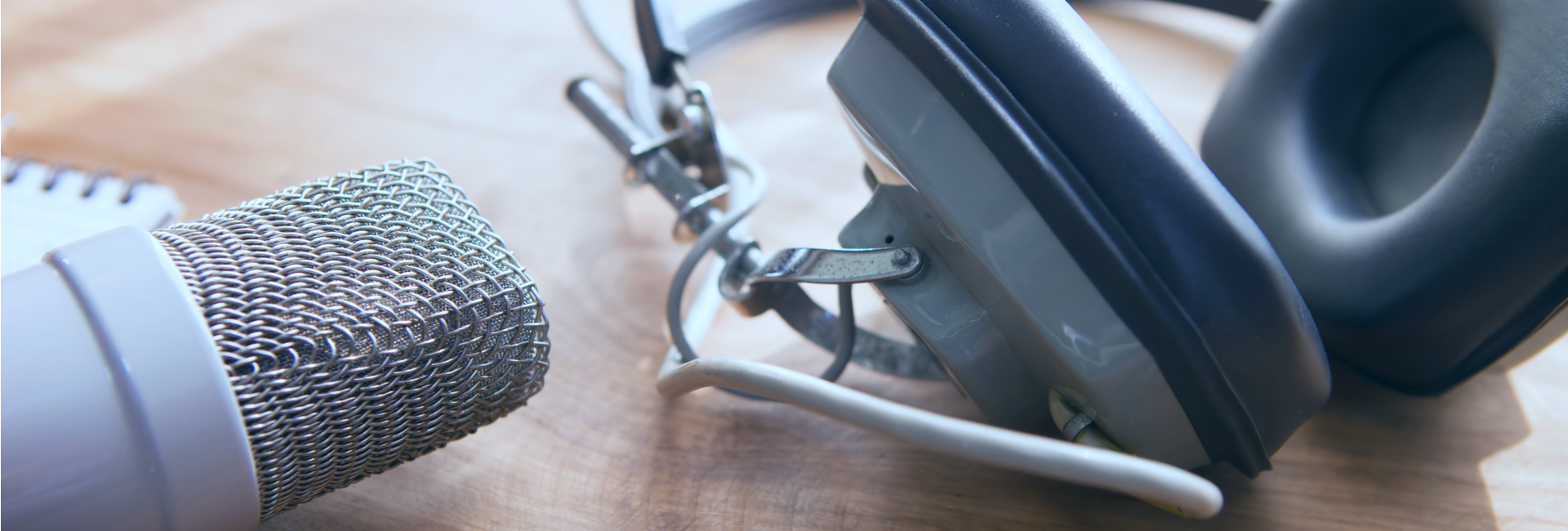Episode 104 | Just Headspace Solid Phase Microextraction
Just Headspace Solid Phase Microextraction
In episode six of the 2019 R&D season, Just Science interviews Dr. Jorn Yu, professor at Sam Houston State University, about the chemical analysis of controlled substances using automated headspace solid phase microextraction.
Developed in the 1990s, headspace solid phase microextraction isn’t necessarily a novel technique. While it is a reliable method for extracting analytes, it hasn’t really found a home in the forensic sciences until now. With support from an NIJ Grant, Dr. Jorn Yu is combining this tried extraction method with Gas Chromatography Mass Spectrometry. Listen in as he discusses a method for identifying controlled substances using headspace solid phase microextraction and GC/MS in this episode of Just Science.
If you are interested in emerging drug topics, please visit forensicCOE.org to learn more about the upcoming NIJ Policy and Practice Forum on July 18th and 19th in Washington, DC. This forum will build off the momentum of the widespread stakeholder meetings convened to discuss the consequences of this national epidemic, including the impact it has had on public safety, public health, and the criminal justice response.
This episode of Just Science is funded by the National Institute of Justice’s Forensic Technology Center of Excellence [Award 2016-MU-BX-K110].
You can also find us on Stitcher or Soundcloud
Dr. Jorn Yu is a forensic scientist with 8 years of practical experience in crime scene investigation. He is currently a professor with the Department of Forensic Science at Sam Houston State University. Dr. Yu earned his PhD in chemistry from Carleton University in Ottawa, Canada. Dr. Yu is certified in comprehensive criminalistics (Diplomat-ABC) with the American Board of Criminalistics. He is a fellow with the American Academy of Forensic Sciences. Dr. Yu’s research interest is in the areas of chemical analysis of trace evidence and the development of chemical intelligence for crime scene investigation. The ultimate goal in his research laboratory is to develop artificial intelligence for forensics from chemical analysis of physical evidence.
Additional Resources:


